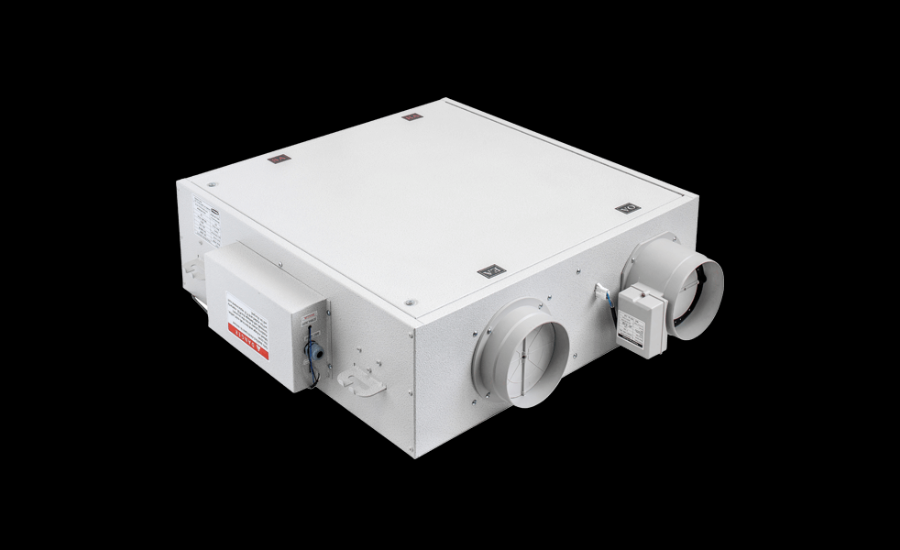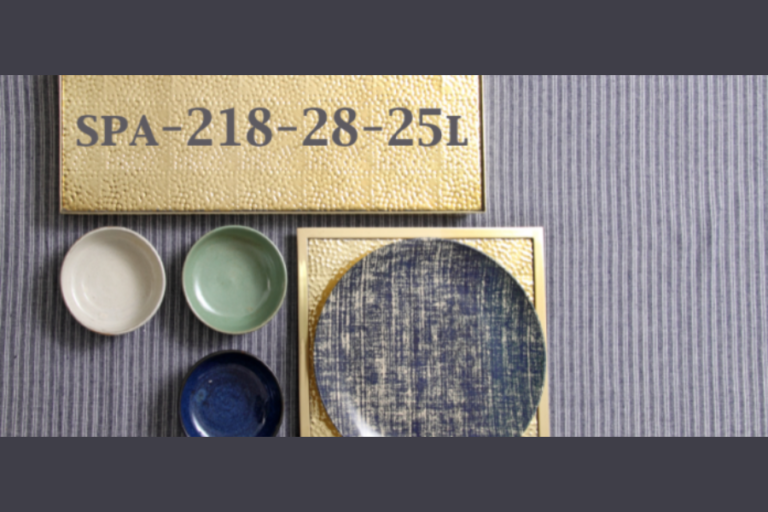Filters for Antech Atmo 150E: Key Features and Benefits You Need to Know
filters for antech atmo 150e Ensuring excellent air quality in your laboratory is essential for both safety and the accuracy of your work. Selecting the appropriate filters for your Antech Atmo 150E model is a key step in achieving superior air purification. These specialized filters are engineered to effectively remove harmful pollutants, safeguarding your workspace and promoting a healthier lab environment.
In this comprehensive guide, we will explore the various types of filters compatible with the Antech Atmo 150E, examining their performance and how they can significantly enhance the air quality in your laboratory. Whether you are a researcher, a lab supervisor, or someone keen on understanding air filtration, this resource will equip you with essential insights to maintain a clean and safe laboratory atmosphere.
Grasping the Role of HEPA Filters in the Antech Atmo 150E: The Foundation of Effective Filtration
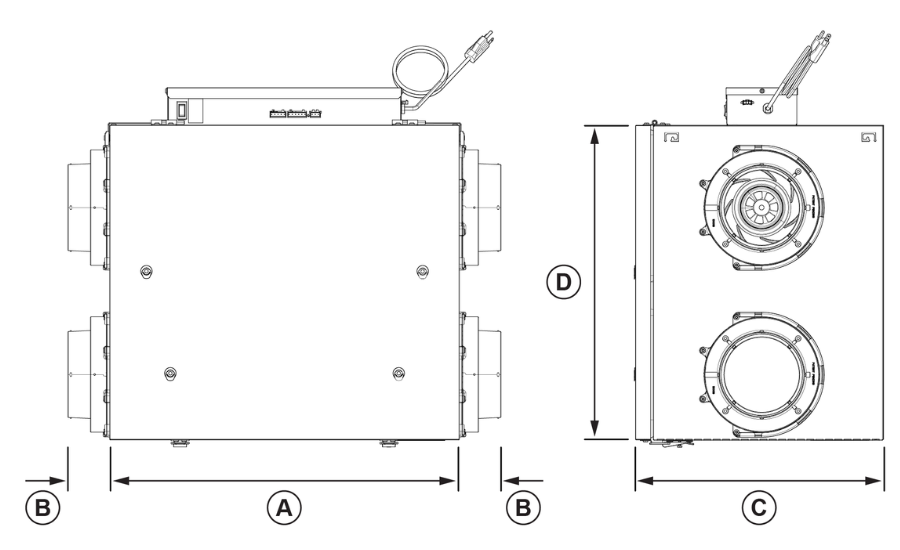
HEPA filters play a crucial role in maintaining clean air within the Antech Atmo 150E. The term HEPA stands for High-Efficiency Particulate Air, indicating the filter’s ability to capture incredibly small particles. These filters are capable of removing up to 99.97% of particles as tiny as 0.3 microns, including dust, pollen, and certain bacteria.
The operation of HEPA filters involves directing air through a densely woven mesh, effectively trapping microscopic particles. In the context of the Antech Atmo 150E, this HEPA technology is essential for ensuring that the laboratory air remains free from harmful pollutants, which is vital for the success of sensitive experiments.
Beyond simply filtering out dust and allergens, HEPA filters also contribute to maintaining a fresh and breathable atmosphere in the lab. This aspect is particularly important for the well-being of all personnel, helping to create a safe and healthy work environment.
Activated Carbon Filters: An Essential Enhancement for the Antech Atmo 150E System
While HEPA filters are effective at trapping solid particles, activated carbon filters excel at eliminating harmful gases. These filters are a vital component of the Antech Atmo 150E system, designed to absorb chemicals and odors that other types of filtration may miss, resulting in cleaner and safer air for breathing.
Activated carbon operates by capturing gases and volatile compounds on its highly porous surface, making it particularly suited for laboratory environments where harmful substances might be present. The Antech Atmo 150E utilizes a combination of HEPA and activated carbon filters, providing a comprehensive approach to air purification by addressing both particulate matter and gaseous pollutants.
This dual-filter system is highly effective, ensuring that the laboratory air remains free from dangerous substances. Additionally, it contributes to a more pleasant working atmosphere by removing unpleasant odors and toxic chemicals, thereby enhancing overall safety and comfort in the lab.
How HEPA and Carbon Filters Collaborate in the Antech Atmo 150E System
The Antech Atmo 150E features a sophisticated filtration system that integrates both HEPA and activated carbon filters, each serving a distinct purpose in maintaining air quality. HEPA filters are designed to capture airborne particles, while activated carbon filters effectively absorb harmful gases.
By utilizing this combination, the Antech Atmo 150E provides comprehensive air purification, ensuring the environment is free not only from dust and allergens but also from harmful chemicals and unpleasant odors. This dual-filter approach significantly enhances the system’s overall effectiveness compared to relying on a single filter type.
In laboratory settings, having both HEPA and activated carbon filters is crucial. This synergy ensures that both particulate matter and gaseous pollutants are eliminated, safeguarding the air quality for experiments and the health of lab personnel.
The Effectiveness of HEPA Filters: The Importance of 99.97% Particle Removal
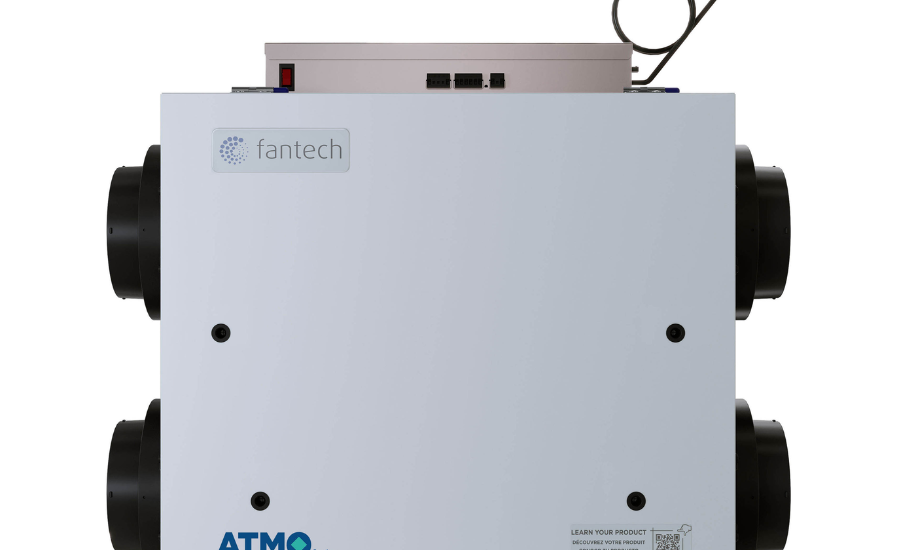
HEPA filters are renowned for their remarkable efficiency in air purification. In the Antech Atmo 150E, these filters achieve an impressive 99.97% removal rate for particles as small as 0.3 microns. This high level of effectiveness is crucial, as even the smallest particles can lead to significant issues in a laboratory setting.
These filters effectively trap dust, pollen, and other minute particles that could potentially interfere with delicate experiments. The Antech Atmo 150E’s filtration system is designed to ensure that the air remains as clean as possible, thereby minimizing the risk of contamination in critical research processes.
Maintaining clean air is vital for obtaining accurate results in any laboratory. By eliminating nearly all airborne particles, HEPA filters contribute to a controlled and pure environment, enhancing safety and reliability for researchers working on sensitive projects.
Activated Carbon Filters: An Effective Approach to Addressing Gaseous Contaminants in Laboratories
Activated carbon filters play a crucial role in eliminating gaseous contaminants from the air in laboratory environments. Harmful gases often emanate from the chemicals used in experiments, posing risks if not adequately filtered. The filters used in the Antech Atmo 150E are specifically designed to utilize activated carbon for effectively capturing and removing these gases.
These filters operate by absorbing gases into the numerous tiny pores on the surface of the activated carbon, preventing their release back into the atmosphere. The Antech Atmo 150E ensures that the laboratory air remains free from both particulate matter and harmful gases, which is essential for creating a safe working environment.
Incorporating activated carbon filters helps maintain air quality by removing toxic chemicals, thereby fostering a healthier workspace. Additionally, they effectively mitigate unpleasant chemical odors, ensuring a more pleasant atmosphere for everyone in the lab.
Optimal Timing for Replacing Filters in the Antech Atmo 150E to Ensure Peak Performance
To ensure optimal performance of your Antech Atmo 150E, regular filter replacement is essential. Over time, filters accumulate particles and gases, diminishing their ability to purify the air effectively. Understanding when to replace these filters is key to maintaining clean air and ensuring a safe laboratory environment.
Timely filter replacement helps sustain high air quality and prevents the unit from overworking. When filters become old and clogged, airflow can be restricted, leading to reduced filtration efficiency. This not only compromises air purity but may also impact the health and safety of all lab personnel.
To keep your Antech Atmo 150E operating efficiently, monitor the usage duration of each filter. Adhere to the manufacturer’s replacement recommendations and conduct regular checks to ensure that filters are not excessively dirty or worn. This proactive approach will help maintain the effectiveness of your air purification system.
Indicators That It’s Time to Replace the Filters in Your Antech Atmo 150E
Several indicators can signal that it’s time to replace the filters in your Antech Atmo 150E. One of the most noticeable signs is a reduction in airflow; if the air feels less forceful when exiting the system, it may indicate that the filters are clogged and need replacement.
Another key sign is a change in the air’s freshness. Activated carbon filters are essential for eliminating unpleasant odors and harmful chemicals; if these smells begin to return, it could be time for a filter change. Additionally, if you observe an increase in dust and particles in the air, this may suggest that the HEPA filter is saturated and failing to capture particles effectively.
Regularly inspecting the filters for signs of wear and damage is crucial. If the filters appear dirty or compromised, replacing them promptly is essential to maintain a clean and safe laboratory environment.
The Longevity of HEPA and Activated Carbon Filters in the Antech Atmo 150E
The lifespan of filters in the Antech Atmo 150E varies depending on the filter type and the frequency of system usage. HEPA filters typically last between 12 to 18 months; however, in environments with higher dust levels, they may require replacement sooner. Regularly checking the condition of these filters is essential to determine the right time for a change.
In contrast, activated carbon filters tend to have a shorter lifespan, ranging from 6 to 12 months. These filters function by absorbing gases, but as they become saturated, their ability to effectively remove contaminants diminishes. Timely replacement is crucial to ensure that harmful gases and odors are consistently eliminated from the air.
By monitoring the usage duration of each filter and conducting frequent inspections, you can ensure the Antech Atmo 150E operates at peak performance.
Installing Filters in the Antech Atmo 150E: A Comprehensive Step-by-Step Guide
Replacing the filters in your Antech Atmo 150E is a straightforward process that can be accomplished by following a few simple steps. Begin by ensuring that the unit is powered off and unplugged to prioritize safety and facilitate the replacement.
Once the machine is turned off, carefully remove the old filters. It’s advisable to consult the user manual for specific instructions on how to do this correctly. Next, unbox the new filter and insert it into the unit, ensuring it fits securely in place.
After you have installed the new filter, power on the Antech Atmo 150E and check the airflow to confirm that everything is functioning properly. Correct installation is essential for maintaining the efficiency and effectiveness of your air purification system.
Ensuring Superior Laboratory Air Quality: Best Practices for Using Antech Atmo 150E Filters
To ensure optimal air quality in your laboratory, it’s essential to implement several best practices when using filters for the Antech Atmo 150E. One of the most critical steps is to routinely inspect the filters for signs of dirt or damage. Clogged or soiled filters cannot effectively purify the air, leading to compromised air quality.
In addition to regular inspections, adhere to the recommended replacement schedule for the filters. Even if they appear clean, filters may lose their effectiveness over time. Timely replacements are crucial for maintaining a clean environment, free from harmful particles and gases.
Furthermore, it’s beneficial to keep the area surrounding the air filtration unit tidy. Accumulations of dust and debris can hinder the system’s performance, so regular cleaning will help ensure that the filtration system operates efficiently and effectively.
How Cutting-Edge Filtration Technology in the Antech Atmo 150E Guarantees Superior Air Quality
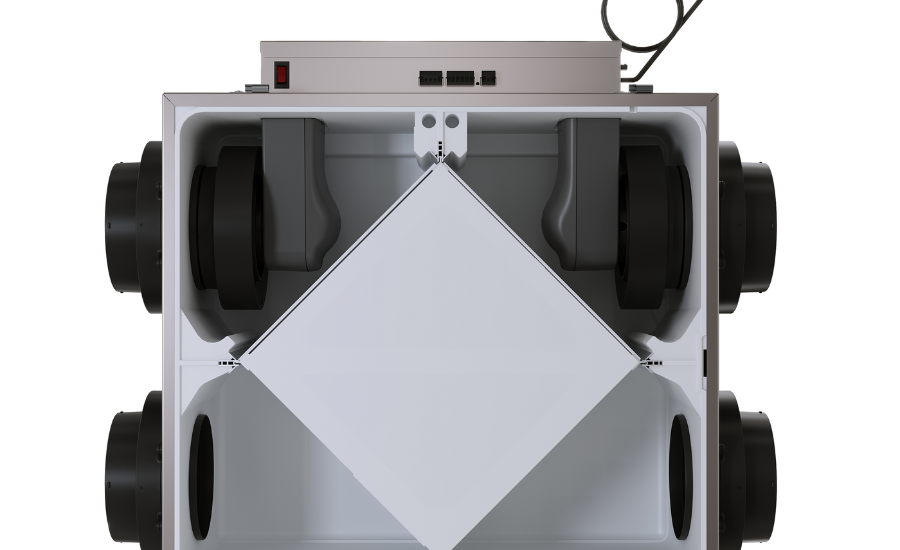
The Antech Atmo 150E employs cutting-edge filtration technology to achieve exceptional air purity. Its HEPA filters are crafted from premium materials that effectively capture even the smallest particles, while the activated carbon filters feature a porous design that efficiently absorbs harmful gases and chemicals.
This integrated technology works in harmony to maintain a clean and safe laboratory environment. By eliminating both solid particulates and gaseous contaminants, the Antech Atmo 150E fosters a healthier workspace for all personnel.
Additionally, this advanced filtration system enhances efficiency, consuming less energy while providing outstanding performance. This reliability is crucial for laboratories that require consistent air purification around the clock.
Selecting the Appropriate Filters for Your Antech Atmo 150E Model
When selecting filters for your Antech Atmo 150E, it’s crucial to ensure compatibility with your specific model. Different models may necessitate varying sizes or types of filters, so it’s always wise to refer to the manufacturer’s guidelines.
Both HEPA and activated carbon filters come in a range of options, each suited for different environments. For instance, if your laboratory frequently handles chemicals, you might prioritize filters with enhanced gas-absorbing capabilities. Conversely, if your primary concern is the presence of dust and particulate matter, HEPA filters should be your main focus.
Choosing the correct filters is essential for optimizing the performance of the Antech Atmo 150E and maintaining a clean air quality in your laboratory.
Essential Features to Consider When Selecting Filters for the Antech Atmo 150E
When choosing filters for the Antech Atmo 150E, considering the following features can help ensure optimal performance and meet your diagnostic requirements:
Compatibility
Ensuring the filters are compatible with the Antech Atmo 150E is crucial.Inaccurate results or operational problems may arise from the use of filters that are not compatible with your model. To choose the right filters, always refer to the manufacturer’s specs.
Filtration Efficiency
Filtration efficiency indicates how well a filter removes contaminants from samples. Opting for filters with high efficiency ensures that the samples you analyze are clean and pure, leading to more dependable results.
Material Quality
The quality of filter materials significantly affects both performance and lifespan. Filters made from high-quality materials tend to be more durable and resistant to wear, ultimately reducing costs through less frequent replacements.
Maintenance Requirements
Filters vary in their maintenance needs, so it’s essential to consider how often they require cleaning or replacement. Understanding these requirements will help maintain the efficiency of your diagnostic process over time.
Where to Buy Filters for the Antech Atmo 150E
Finding trustworthy sources for purchasing filters for the Antech Atmo 150E is essential for ensuring quality and performance. Here are some effective options to consider:
Authorized Retailers
Buying from authorized retailers guarantees that you’re receiving filters that are compatible and meet the manufacturer’s standards. These retailers often provide warranties and customer support, giving you peace of mind about your purchase.
Online Retailers
Many online platforms focus on laboratory supplies, including filters for the Antech Atmo 150E. Websites like Amazon, eBay, and specialized eCommerce sites can offer a variety of options. Be sure to check customer reviews and seller ratings to ensure you’re getting quality products.
Manufacturer’s Website
The best place to find genuine filters is often directly from the manufacturer’s website. They typically list all compatible products and may offer direct purchasing options, ensuring you receive high-quality, authentic filters.
Local Supply Stores
For those who prefer shopping in person, local medical or laboratory supply stores can be great resources. Many of these stores stock various filters or can assist with special orders tailored to your needs.
By exploring these options, you can confidently select the right filters for your Antech Atmo 150E, ensuring optimal air quality in your lab.
Also Read: Filtro de Aire 109043 para Audi
Final Words
When it comes to maintaining superior air quality in your laboratory, selecting the right filters for the Antech Atmo 150E is essential. These filters, including HEPA and activated carbon options, are designed to effectively remove harmful particles and gases, ensuring a safe and clean environment. HEPA filters capture 99.97% of particles as small as 0.3 microns, while activated carbon filters absorb unpleasant odors and harmful chemicals.
To optimize performance, ensure compatibility with your specific model, and consider factors like filtration efficiency and material quality. Regular maintenance and timely replacement of filters are crucial for sustaining air purity. For purchasing, rely on authorized retailers, the manufacturer’s website, or reputable online platforms to guarantee quality. By making informed choices about filters for the Antech Atmo 150E, you can enhance the safety and reliability of your laboratory operations.
Stay in the loop for upcoming updates and alerts! Brain Rusher
